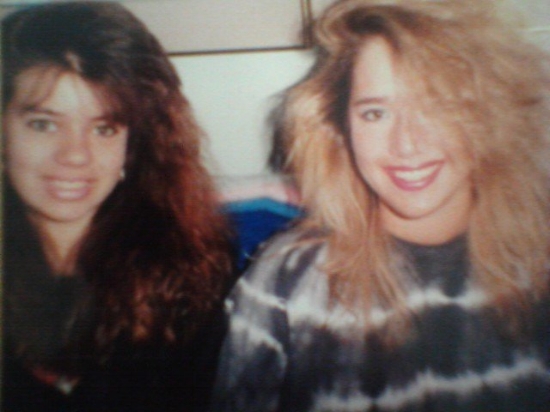Ahead of her time in countless ways, Bettie was working out long before most women were and kept it up throughout most of her life. Below is a brief excerpt from The Little Book of Bettie: Taking a Page from the Queen of Pinups.
~A gal's gotta stay fit if she's gonna spar with gorillas!~
BY TORI RODRIGUEZ
Among the infinite reasons Bettie fans are awestruck by her: She just looks like the epitome of health and vibrancy in her photos, with glowing skin and more muscle definition than was common for women of her day. There is good reason for that. Bettie was the rare woman in that era who worked out—in a New York City gym, no less! Back then, women might use “reducing machines” designed to slim the body with minimal physical exertion, according to Natalia Petrzela, PhD, a history professor at the New School in New York City, and the fitness historian for Well+Good. These contraptions “were often adjacent to beauty salons or located in private homes—not in gyms, which were still considered the preserve of sweaty, grunting men and entirely inappropriate for respectable ladies who often kept their high heels on during a reducing session.”
Not our Bettie! It seems she was right there with those sweaty, grunting guys putting in some real work. She loved to swim, go dancing or walking, play sports, and do calisthenics. I’m also convinced that she was doing yoga. These various forms of exercise often showed up in Bettie’s photos—for instance a Camel Pose or Plow Pose here, a squat or a lunge or an ab crunch there.
~Bendy Bettie ~ This pic appears in the Bettie Page Yoga video as the inspiration for the Plow & Half Shoulder Stand poses!~
This sparked my idea to create the Bettie Page Fitness workouts that are inspired by Bettie in several different ways. Each move in the workouts is based on a specific photo of Bettie, with an emphasis on the amazing balance, perfect posture, and core strength Bettie displayed. I don’t encourage women (or myself) to try to get the “Bettie body,” since her shape was largely determined by genetics. And while her body was undoubtedly spectacular, there are many different types of beautiful bodies, and not solely because of how they look.
If you study Bettie’s movements through hundreds or thousands of poses, you’ll notice that the great majority of them are big, open, expansive, and outward—you can tell she was unafraid to take up her rightful space in the world, both physically and figuratively. By emulating her body postures, we are harnessing that same energy and cultivating those traits. They are what scientists now call “Power Poses,” and they have been found to reduce stress, improve body image, and increase confidence. I’ve purposely included lots of power poses in the Bettie Page Fitness workouts, which also happen to be the first-ever body-positive fitness videos.
~Joyful Bettie ~ This pic appears in the Bettie Page Fitness: Total Body Strength & Cardio video as the inspiration for the Star Jumps cardio burst!~
Like Bettie’s fitness sampler platter, a solid exercise practice should include...
[Check out The Little Book of Bettie to learn more about Bettie and fitness, including two new Bettie-inspired workouts I created for the book!]



















